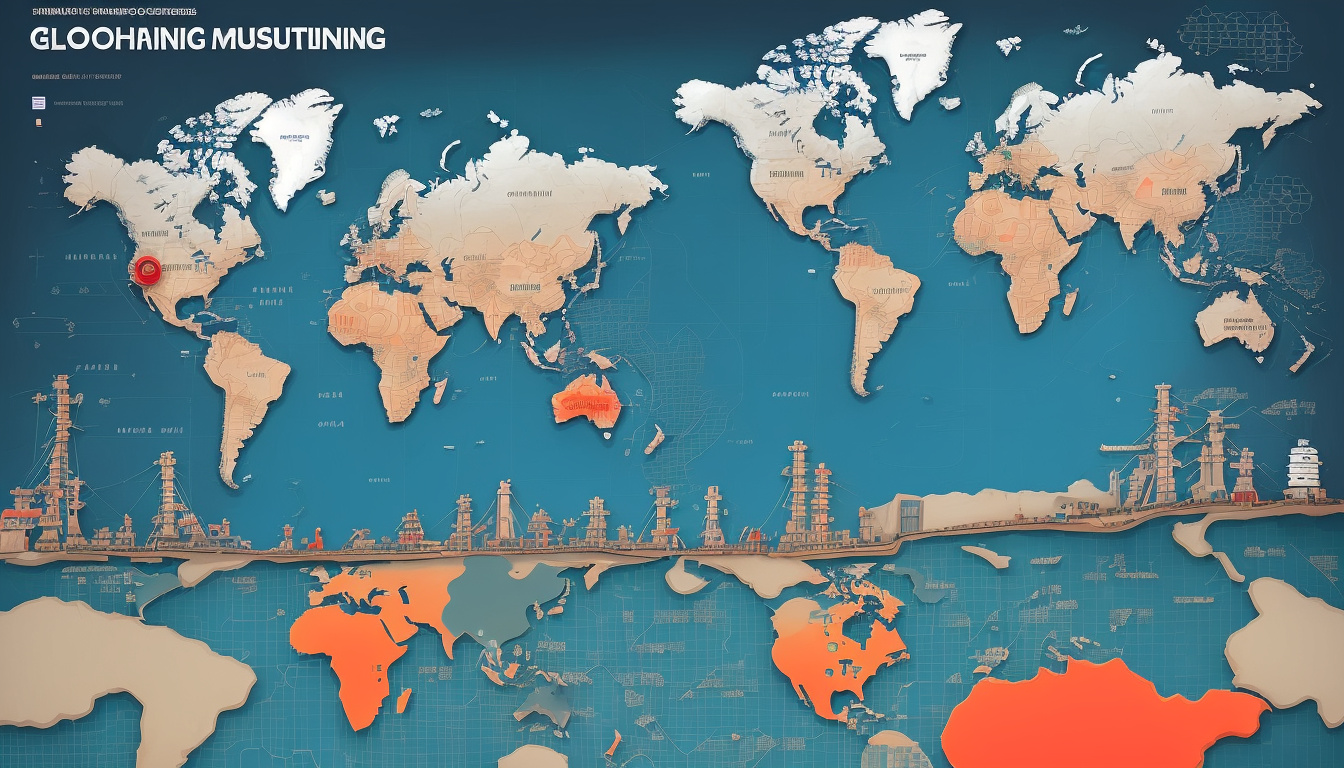Western Technology Giants Pivot Away From China
In a significant shift within the global technology landscape, Western technology giants are reorienting their manufacturing strategies away from China, marking what many experts believe to be a crucial and possibly irreversible recalibration of the global technology supply chain. This transformation stems from a combination of longstanding trade tensions, recent geopolitical rivalries, and operational lessons learned during the COVID-19 pandemic, all of which have prompted major tech firms to adopt a “China+N” manufacturing model.
Geopolitical Tensions Fuel Change
The impetus for this pivot is multifaceted. The escalating geopolitical rivalry between the United States and China has increasingly weaponized trade, fundamentally changing the risk assessment for multinational corporations. In particular, the U.S. government has heightened restrictions surrounding China’s access to vital technological resources, which are critical to its aspirations of becoming a global leader in artificial intelligence. A notable policy tool has been the implementation of Section 301 tariffs, which have levied significant additional fees on a broad range of Chinese imports, particularly those integral to the technology and consumer goods sectors.
Economic Shifts Within China
In addition to geopolitical factors, economic dynamics in China have also played a pivotal role. Over the last decade, the nation’s once unparalleled labor cost advantage has diminished, with wages in its manufacturing sector rising on average by approximately 10% annually. This increase has made China less attractive for businesses heavily reliant on labor-intensive assembly work, prompting companies to seek alternatives in other regions.
Operational Vulnerabilities Exposed by COVID-19
The COVID-19 pandemic further highlighted the risks associated with over-reliance on a single geographic area. China’s stringent “zero-COVID” strategy led to abrupt lockdowns, factory closures, and severe logistical disruptions, exposing significant vulnerabilities in supply chains that were concentrated in one location. This operational crisis catalyzed a shift from a “just-in-time” model—designed for maximum efficiency—to a “just-in-case” model, which emphasizes resilience and redundancy as essential factors in supply chain management.
The Emergence of Asian Manufacturing Hubs
As Western tech firms shift their focus from China, a new global manufacturing network is emerging, particularly in Asia. The “China+N” strategy has led to foreign direct investment and production orders being spread across several countries, with India, Vietnam, Thailand, and Malaysia emerging as key players in this new landscape. Each of these nations has developed unique specializations and has leveraged government incentives to attract investment.
India: A Rising Manufacturing Power
India stands out as a rapidly growing manufacturing powerhouse, witnessing an extraordinary 85% increase in technology suppliers from 2019 to 2024. As it becomes a central hub for high-volume smartphone assembly, major companies like Apple and Samsung are increasingly establishing their operations there. Key factors contributing to India’s growth include its vast labor pool, competitive labor costs, and an expanding domestic consumer market. Additionally, supportive government policies, such as the Production Linked Incentive scheme, are further driving this trend.
Vietnam, Thailand, and Malaysia
Other countries are also reaping the benefits of this manufacturing shift. Vietnam has become a crucial partner in electronics production, while Thailand and Malaysia are attracting investments in various sectors, including automotive and electronics. This diversification is essential for companies looking to mitigate risks and ensure continuity in production amidst fluctuating global conditions.
Conclusion
As Western technology giants recalibrate their supply chains away from China, the landscape of global manufacturing is undergoing a significant transformation. The confluence of geopolitical tensions, economic shifts, and operational lessons learned during the pandemic are compelling major firms to explore new avenues for production in other Asian nations. As this transition unfolds, it’s expected to reshape the dynamics of the technology supply chain and redefine the global manufacturing map in the years to come.










